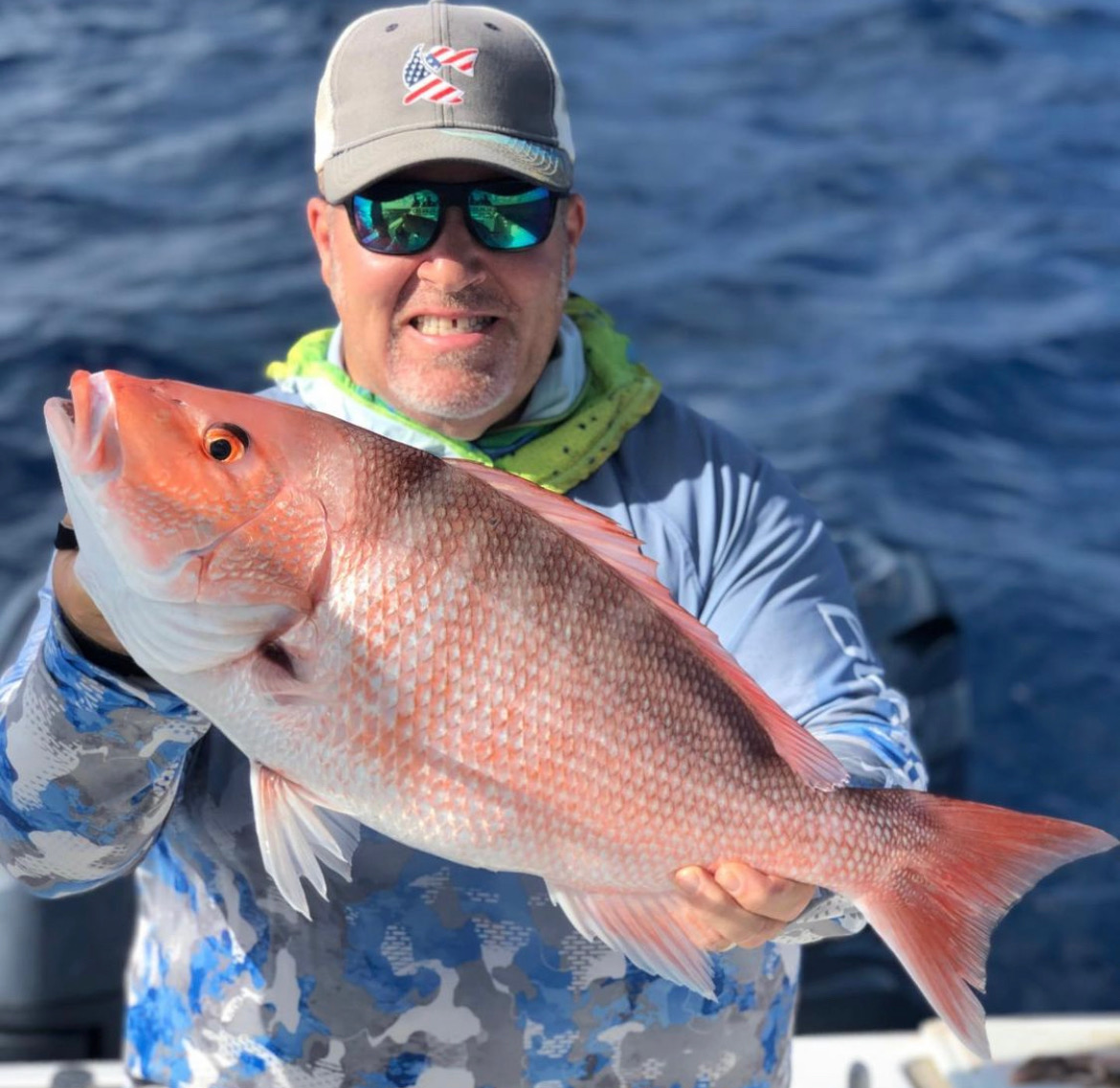NOAA Fisheries signals a dead end for red snapper

Agency sets two-day season and indications are that it’s not getting better anytime soon
Anglers are resolved to find a new direction for red snapper management after NOAA Fisheries announced earlier this week that the recreational red snapper season in the South Atlantic will be just two days in 2022 – July 8 & 9. The announcement of a 48-hour season is set against recent estimates that the red snapper population from North Carolina to Florida is perhaps as large as it has ever been, leaving anglers frustrated with an inflexible federal fisheries management system that many see as punitive rather than constructive.
“No one wants to see this fishery pushed back into a state of crisis ever again. When it was discovered the fishery was in trouble, we supported regulations to recover the population, and even went so far as to demand regulations requiring descending devices so bottom-dwelling fish like red snapper are more likely to survive catch and release,” said Ted Venker, CCA National Conservation Director. “But not only is the season 48 hours again this year when snapper are everywhere, we are being told now that the season is never likely to be much longer. This is an unacceptable failure of the management system, and something has to change.”
Red snapper have been under a strict management regime since 2008 when NOAA conducted its first modern stock assessment on the fishery and found it was severely overfished. Even though the population has come roaring back angler access to the fishery has not expanded. NOAA Fisheries now claims that the fish are so abundant that anglers are encountering too many red snapper when the season is closed, and too many of the fish that are caught do not survive release. Despite the fact that release mortality data is among the least reliable collected by NOAA, the fishery is now caught in an illogical “recovery trap” where the population is so abundant that anglers are barely allowed to legally fish for them at all.
“We are clearly at a dead-end with federal management of this fishery. If this is the best the agency can do – and we have been told that under current law that is the case – then the South Atlantic states need to re-evaluate how we are managing our marine resources,” said Bill Bird, chairman of CCA National’s Government Relations Committee. “This is rock bottom for the management system when you have the healthiest population in recent history combined with a 48-hour season.”
As an agency that was originally created to manage and promote commercial fisheries, NOAA Fisheries has struggled to understand and manage the recreational sector. In 2019 – in a strikingly similar situation – the Gulf of Mexico Fishery Management Council gave management authority for the recreational red snapper fishery to the states after years of federal management chaos resulted in ever-shrinking access to a healthy red snapper population.
“We are not in exactly the same situation as the Gulf, but they are similar. If this is the best that federal fisheries management can do then it is time to start looking outside the box for innovative solutions to the obvious limitations of federal fisheries management,” said Scott Whitaker, executive director of CCA South Carolina. “We need to take some lessons from the Gulf and work together with our state management offices to improve the mismanagement of this fishery and allow more access to the South Atlantic red snapper fishery. We have to do better than this.”
Originally Published by CCA National
back to florida news

